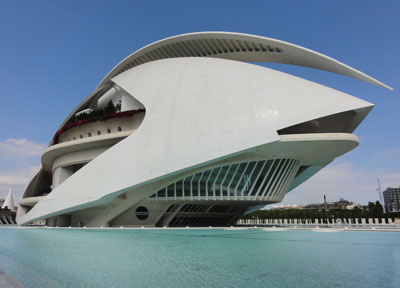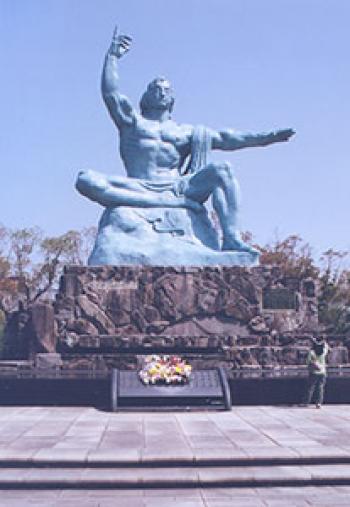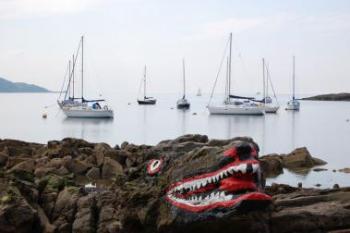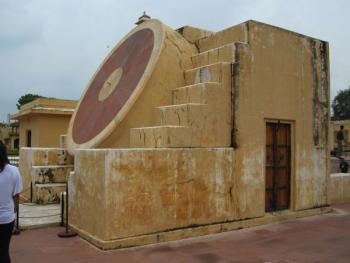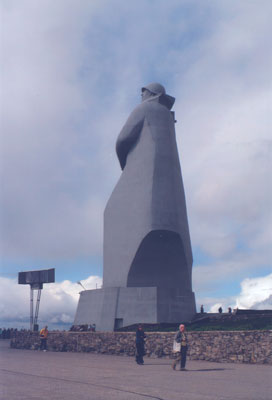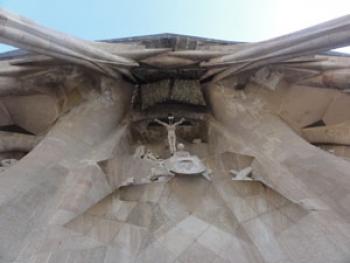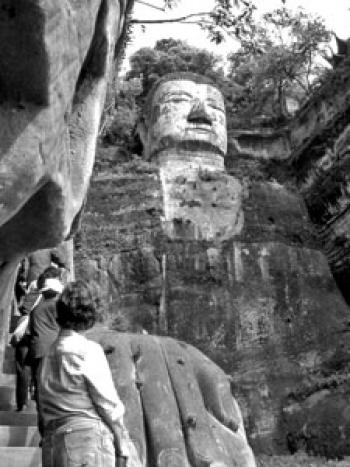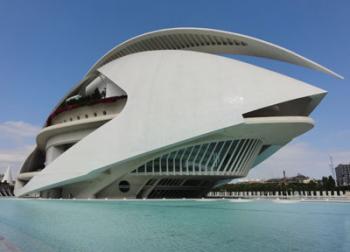
El Palau de les Arts (Palace of the Arts) Reina Sofia in Valencia, Spain
December 1969 Issue
El Palau de les Arts (Palace of the Arts) Reina Sofia in Valencia, Spain
The location of the subject of November’s photo is in Valencia, Spain.
In what was once part of the Turia riverbed, the city fathers built a park. Starting in 1996, the park became the site of The City of Arts and Sciences, a complex of buildings dedicated to the pursuit of entertainment and culture. November’s photo depicts the most recent addition to the complex, El Palau de les Arts Reina Sofia, a center for opera and other performing arts.
Forty-seven readers sent in correct answers, and JOE D. ROBERSON of Opelika, Alabama, won the drawing. We thank Judy Spielman of Philadelphia, Pennsylvania, for sending in the photo.

